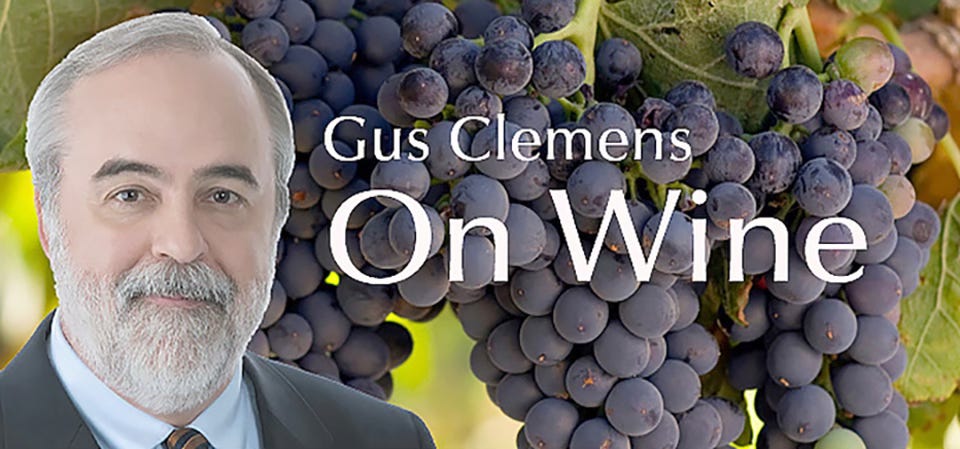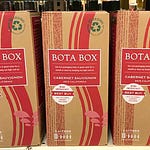This is the weekly column
As the Nat King Cole song goes, “Roll out those lazy, hazy days of summer.” But instead of soda and pretzels and beer, it is so much nicer to sip well-chilled rosé.
The rosé cliché is that it is only a summertime wine. Not remotely true, but rosé certainly is a lovely libation—both in taste and color—as we endure the trials Sol slings at us.
Rosé is light-bodied, fresh and fruity, moderate alcohol. Those are all good things for a scorching day thirst quencher. Rosé also pairs well with the lighter food we eat in summer.
Rosés come in many colors. Some sippers immediately think of the very pale rosés from Côtes de Provence, but color is an indication of style, not quality. Rosés from the Tavel region of the Rhone Valley or the Cerasuolo d’Abruzzo region of Italy are dark rosés and excellent rosés.
There are four techniques used to make rosé:
• Direct pressing involves pressing red grapes immediately after harvest allowing minimal skin contact and occurs before fermentation begins. This produces the palest pink wine. Pale rosés usually deliver flavors of strawberries, raspberries, watermelon, cantaloupe. Pale Provence rosés are made using this technique.
• Saignée (French for “bleeding”) involves allowing a portion of red wine to “bleed” off early in fermentation. This produces wines darker than direct press. Saignée tends to promote raspberry and blackberry flavors and aromas. Saignée rosé wines also can be more tannic and suitable for aging.
• Maceration involves leaving the juice in contact with the skins for an extended period. The longer the maceration, the darker the color. When the desired color is achieved, the must—the mix of juice, skins, stems, and seeds—is pressed and fermentation begins. This is another popular method in Provence and is used to make their most serious rosés.
• A final method, particularly used in Champagne to produce rosé sparkling wine, involves blending a small amount of red wine into white wine. Champagne makers focus on a consistent product year upon year. Blending allows for the most control of the product.
Tasting notes
• Ultimate Provence UP Côtes de Provence Rosé 2022: Tangy edge plays well with juicy red fruits. Richer, more body than the diaphanous efforts of some Provence purveyors. $20-23 Link to my review
• William Chris Vineyards La Pradera Rosé, Texas High Plains 2022: Tasty red fruit with an emphasis on mourvèdre in this vintage. $24 Link to my review
• Wedding Oak Winery Sweetheart Rosé, Texas 2021: Delight, delicious fruit. Elegant, substantial. Complexity from a well-coordinated mélange of Texas red grapes. $29 Link to my review
Last round
Hyphenated and non-hyphenated. Ah, the ironies of the English language. Wine time.
Email: wine@cwadv.com
Newsletter: gusclemens.substack.com
Website: gusclemensonwine.com
Facebook: facebook.com/GusClemensOnWine/posts/
Twitter (X): @gusclemens
Long form wine stories on Vocal: Gus Clemens on Vocal
Links worth exploring
Diary of a Serial Hostess Ins and outs of entertaining; witty anecdotes of life in the stylish lane.
As We Eat Multi-platform storytelling explores how food connects, defines, inspires.
Balanced Diet Original recipes, curated links about food systems, recipe reviews.















Summer and rosé 7-10-2024